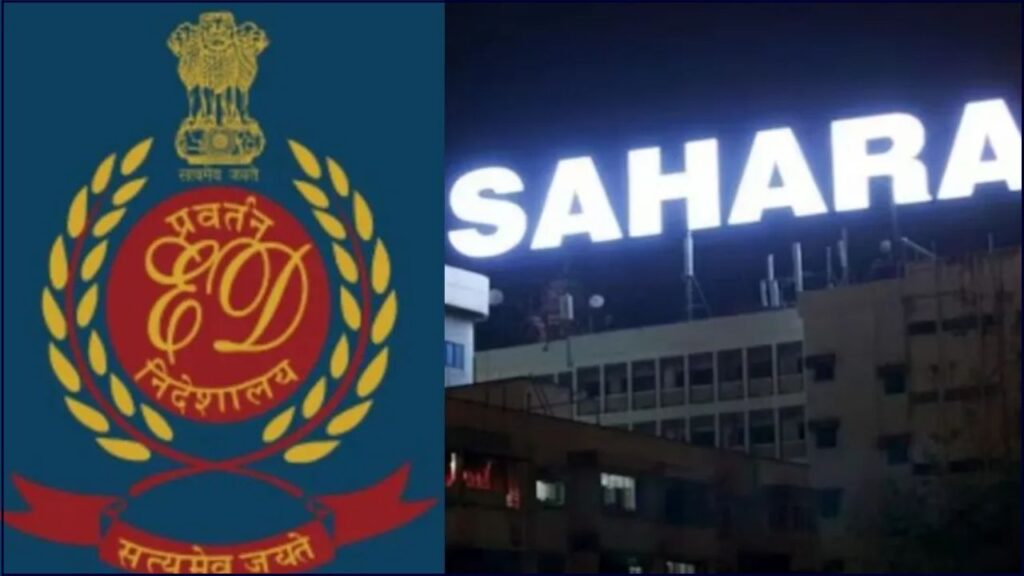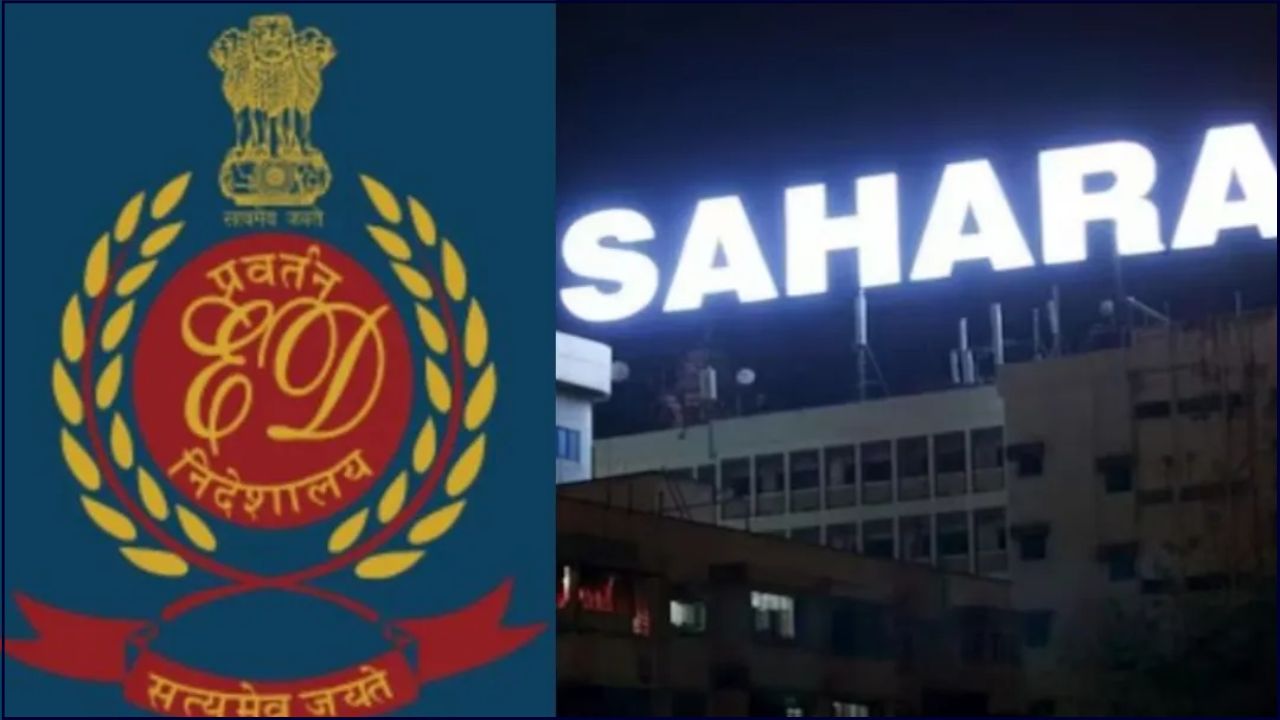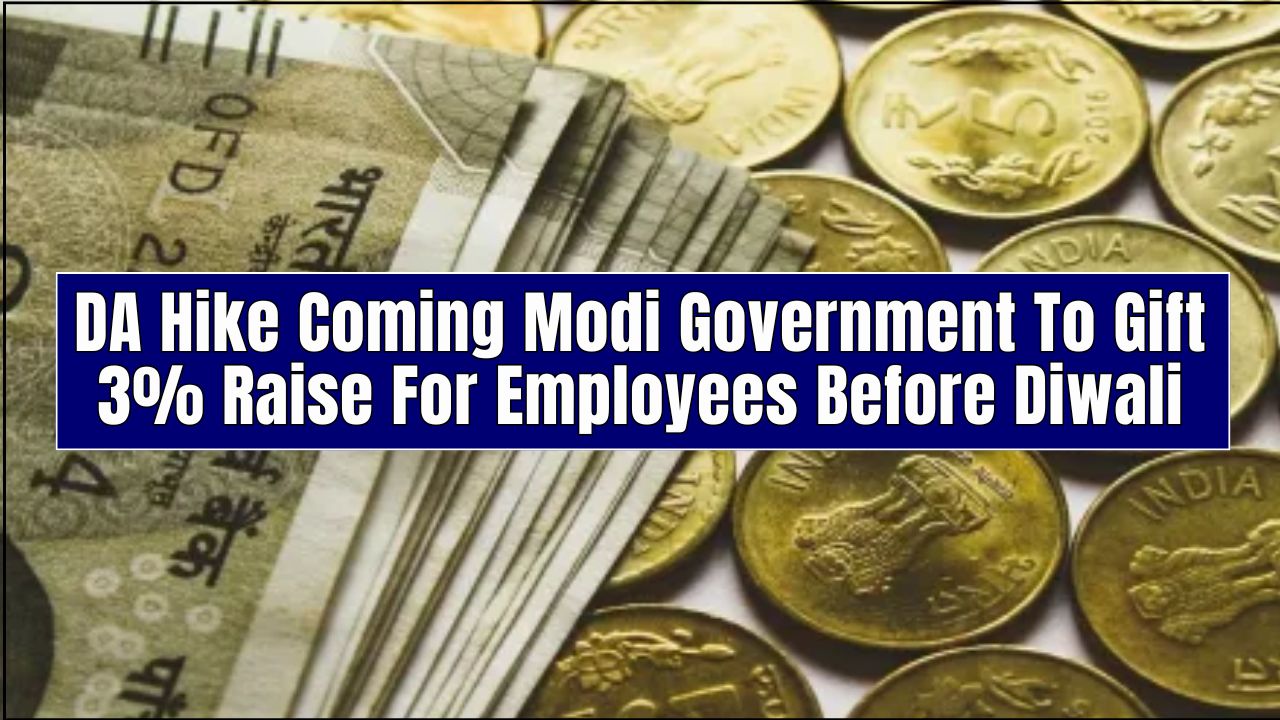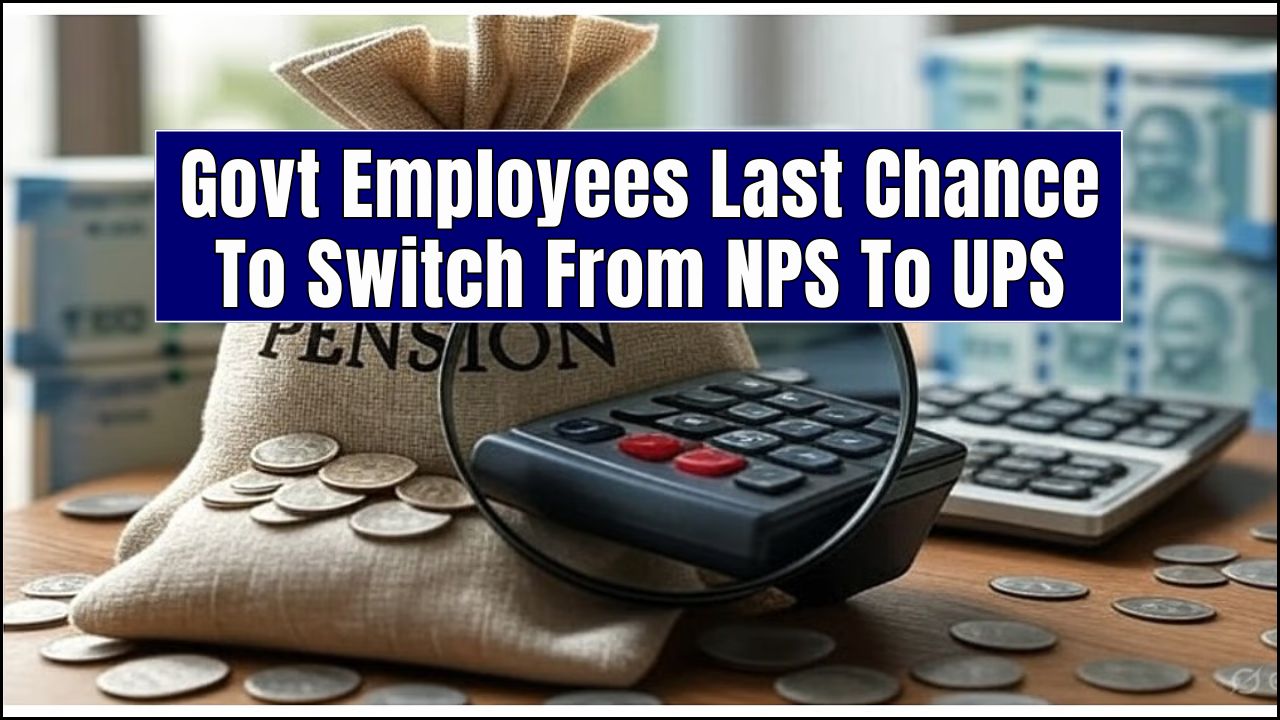
The Enforcement Directorate (ED) has filed a ₹1.74 lakh crore money laundering chargesheet against the Sahara Group, naming key family members of the late founder Subrata Roy. The case, the largest of its kind in India, raises pressing questions about how investors will recover their money under ongoing court-monitored refund schemes.
ED’s Case Against Sahara Group
The Enforcement Directorate (ED) submitted its chargesheet on September 6 in a special court in Kolkata under the Prevention of Money Laundering Act (PMLA). The document accuses Sapna Roy, widow of Subrata Roy, their son Sushant Roy (now declared a fugitive), and several senior Sahara executives of orchestrating complex financial transactions that allegedly concealed illicitly raised funds.
According to the ED, the investigation followed raids on nine premises in Uttar Pradesh, Rajasthan, and Maharashtra earlier this year. Officials seized property documents, digital records, and evidence linked to large-scale land and share transactions. In prior actions, the agency provisionally attached assets worth more than ₹3,000 crore, including land parcels in Aamby Valley and Sahara Prime City.
ED officials described the case as one of India’s “largest money laundering investigations,” alleging that Sahara mobilised funds illegally from millions of small investors.
Background: Long-Running Disputes With Regulators
The Sahara Group has faced regulatory scrutiny for more than a decade. In 2012, the Supreme Court of India directed Sahara to refund investors who had purchased optionally fully convertible debentures (OFCDs) through two group companies. The Securities and Exchange Board of India (SEBI) was tasked with overseeing the refund process.
SEBI has since returned approximately ₹24,000 crore to bondholders, though disputes remain over the scale of unpaid claims. The latest ED chargesheet, while separate from the SEBI matter, underscores the enduring complexity of the group’s financial dealings.
Refunds for Cooperative Society Investors
Beyond the SEBI-managed bond repayments, millions of investors deposited money with Sahara’s multi-state cooperative societies, including Sahara Credit Cooperative Society and Humara India Credit Cooperative Society.
In March 2023, the Supreme Court ordered ₹5,000 crore to be transferred from the Sahara–SEBI account to the Central Registrar of Cooperative Societies (CRCS) for repayment to depositors. An official refund portal, mocrefund.crcs.gov.in, was launched in July 2023 to facilitate applications.
According to a government update in February 2025, ₹2,314 crore had been disbursed to more than 1.29 million depositors, with payments capped at ₹50,000 per individual. Refunds are transferred directly into Aadhaar-linked bank accounts. The Supreme Court has extended the deadline for claims until December 31, 2025.
Expert Views on Investor Prospects
Legal analysts say the ED’s chargesheet could strengthen the government’s case for confiscating Sahara assets and eventually redirecting proceeds to repay depositors.
“Attachment of properties is a critical step, but liquidation and distribution are far more complicated,” said Prof. Ramesh Chandra, a financial law expert at Delhi University. “Investors should rely primarily on the CRCS process, which has judicial backing, rather than expect immediate relief from the ED case.”
Meanwhile, officials at the Ministry of Cooperation have emphasised that the CRCS refunds are “transparent, Aadhaar-linked, and designed to reach genuine depositors,” though the capped amount has frustrated larger investors.
What Investors Should Do
Depositors are advised to verify their claims through the official CRCS portal before the December deadline. Required details include Aadhaar numbers, Sahara membership information, and linked bank accounts.
Authorities warn against third-party agents or fraudulent intermediaries promising faster payouts. “The only legitimate platform is the CRCS refund portal. Investors should not share credentials with anyone else,” a Ministry spokesperson said.
Outlook: Parallel Legal Tracks
The ED’s chargesheet marks a significant escalation in India’s fight against financial fraud. Yet for investors, repayment depends less on the criminal case and more on the parallel, court-monitored refund processes.
If Sahara assets attached by the ED are ultimately liquidated, they may supplement existing refund pools. However, experts caution that this will require further litigation and administrative coordination, meaning full recovery could take years.
Conclusion
The Sahara Group faces unprecedented legal pressure after the ED’s ₹1.74 lakh crore chargesheet, but for millions of small investors, the path to repayment lies mainly through the CRCS refund mechanism supervised by the Supreme Court. With the deadline set for December 2025, authorities are urging depositors to register promptly, even as the wider criminal investigation unfolds.
















